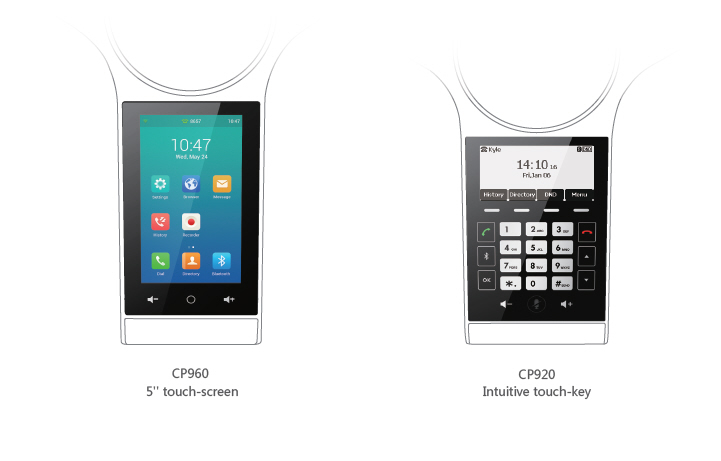Introduction
In today's digital landscape, businesses are inundated with data. From customer preferences to purchase history, the sheer volume of information can be overwhelming. However, effectively managing customer data through integrated systems is not just a necessity; it’s a hallmark of successful businesses. This article will delve into the Best Practices for Managing Customer Data through Integrated Systems, highlighting VoIP Phone System how organizations can leverage technology—like VoIP phone systems—to enhance their data management strategies.
Understanding how to handle customer data properly can lead to improved customer relationships, streamlined operations, and ultimately increased profitability. So, let’s explore some best practices that can help your business thrive in this data-driven world.

Understanding Integrated Systems
What Are Integrated Systems?
Integrated systems refer to software and hardware solutions designed to work together seamlessly. These systems enable the sharing of data across various platforms, which can significantly improve efficiency and accuracy in managing customer information.
Why Use Integrated Systems for Customer Data Management?
Using integrated systems allows companies to centralize their data repositories, making access easier for stakeholders across departments. For instance, sales teams can pull up customer histories while customer service representatives can quickly access previous interactions—all thanks to an integrated approach.
Best Practices for Managing Customer Data through Integrated Systems
Centralize Your Data Repositories
Centralizing your data is akin to putting all your eggs in one basket—but in a good way! By consolidating your customer information into a single system, you minimize the risk of errors and miscommunication across departments.
Benefits of Centralization
- Improved Accuracy: Reduces duplicate entries. Enhanced Collaboration: Teams can work together more efficiently. Faster Access: Quick retrieval of information boosts productivity.
Regularly Update Your Data
Data becomes outdated faster than you might think. Regular updates not only ensure accuracy but also help maintain compliance with regulations such as GDPR.
How Often Should You Update?
It’s wise to review and update your databases at least once every quarter. This includes verifying contact details and removing inactive accounts.
Utilize VoIP Phone Systems for Better Communication
VoIP phone systems are an excellent tool for enhancing communication within your organization. By integrating them with your customer relationship management (CRM) system, you can track calls related to specific customers or inquiries easily.
Advantages of VoIP Integration
- Call Tracking: See who called when and why. Data Logging: Automatically log call details into your CRM. Enhanced Customer Support: Provide quicker resolutions by having all relevant information at hand during calls.
Implement Strong Security Measures
Customer trust hinges on the security of their personal data. Implementing comprehensive security measures is crucial in protecting sensitive information from breaches.
Security Best Practices
- Encryption: Use strong encryption protocols. Access Control: Limit access based on roles within the company. Regular Audits: Conduct periodic checks on security measures and protocols.
Train Your Staff Regularly
Even the best systems mean little if employees don’t know how to use them effectively. Regular training sessions will ensure everyone is on the same page regarding best practices and system functionalities.
Training Topics to Cover
- System navigation Security protocols Data entry standards
Leveraging Technology for Better Data Management
Choosing the Right Software Solutions
When it comes to managing customer data through integrated systems, choosing software that fits your business needs is essential. Look for solutions that offer robust features while remaining user-friendly.
Factors to Consider
Scalability Customization Options Integration CapabilitiesAutomate Where Possible
Automation tools can save time and reduce human error when dealing with large volumes of data. Consider automating routine tasks like updates or reporting.
Common Areas for Automation
- Data entry Email follow-ups Reporting generation
Data Analytics in Customer Management
Importance of Data Analytics
Data analytics transforms raw data into actionable insights that inform business decisions and strategies tailored toward enhancing customer experience and loyalty.
Key Metrics to Analyze
Customer Lifetime Value (CLV) Churn Rate Net Promoter Score (NPS)Using Analytics Tools Effectively
Implement analytics tools that integrate well with your existing systems so you can gain insights without complicating processes further.
Creating a Reliable Backup System
Why Backups Matter
Having a reliable backup system ensures that even if something goes awry—such as accidental deletions or cyberattacks—your valuable customer data remains intact.


Backup Best Practices
Regular backups (daily or weekly) Off-site storage solutions Testing restoration processes periodicallyEnhancing Customer Engagement through Integrated Communication
Streamlining Communication Channels
Integrated communication channels allow businesses to engage customers effectively across multiple platforms—whether it's email, social media, or through a VoIP phone system.
Benefits of Streamlined Communication
- Increased responsiveness Improved customer satisfaction Consistent messaging across platforms
Frequently Asked Questions (FAQs)
What are integrated systems?- Integrated systems combine various software and hardware solutions that work together efficiently, allowing businesses to manage their operations seamlessly.
- VoIP phone systems enable quick access to customer records during calls, facilitating better support while tracking communications automatically.
- Regular updates maintain accurate records, ensuring compliance with regulations and improving overall service delivery.
- Strong encryption protocols, access controls based on employee roles, and regular audits are crucial security measures.
- Staff should receive training regularly—to keep them updated on system changes or new best practices—and at least quarterly is recommended.
- Key metrics include Customer Lifetime Value (CLV), churn rate, and Net Promoter Score (NPS). These provide valuable insights into customer behavior and satisfaction levels.
Conclusion
As we’ve explored throughout this article on “Best Practices for Managing Customer Data through Integrated Systems,” it's clear that effective management requires thoughtful consideration of both technology and human factors alike. By centralizing databases, utilizing tools like VoIP phone systems for communication improvements, implementing robust security measures, training staff regularly, leveraging analytics effectively—all these pieces come together like a well-oiled machine!
In today’s competitive landscape where delivering exceptional experiences sets successful companies apart from others—it’s high time we prioritize our approach towards managing customer data responsibly yet efficiently! So what do you think? Are you ready to elevate your business practices when it comes down managing those valuable nuggets of information known as ‘customer data’?